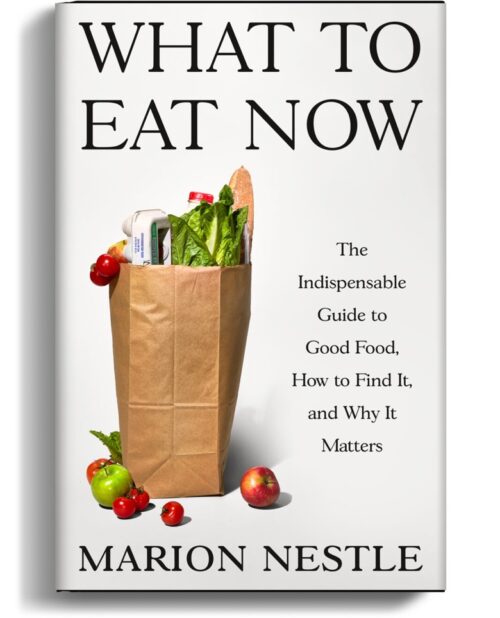This question comes from a careful reader of What to Eat: “in Appendix 1 on page 528, you list 1 gram as being equivalent to 1/5 teaspoon, 1 tsp. as equivalent to 5 grams, and 1 tablespoon as equivalent to 15 grams. As grams are a measure of mass, and teaspoons are a measure of volume, I’m sure you realize these equivalencies make no sense. Even if 1 gram of water has a volume of 1/5 of a teaspoon (I believe it does, more or less), you can’t use them as equivalents for any other
substance with a different density…I wouldn’t normally write someone an email about such a small thing, but you obviously value accuracy, so I figured you’d want to know.”
Here’s my answer: You are of course correct for chemists but most readers are unlikely to use grams or milliliters; they use household measures. For cooking purposes, rough measures work well enough so precision isn’t really required. What I hoped to do was to give readers a rough idea of what the measures feel like. Baking is the one place where precision is important but even there a difference in measurement of a gram or milliliter would not matter much. Readers tell me they are put off by discussions of grams and milliliters and are grateful to have a rough sense of what the amounts mean in
practice. By putting the measures in two columns (see Appendix 1), I hoped to indicate how small the differences were between rough and precise measures. This sacrifices precision, of course, but for what I hope is a worthy purpose. Thanks for being such a great reader!


